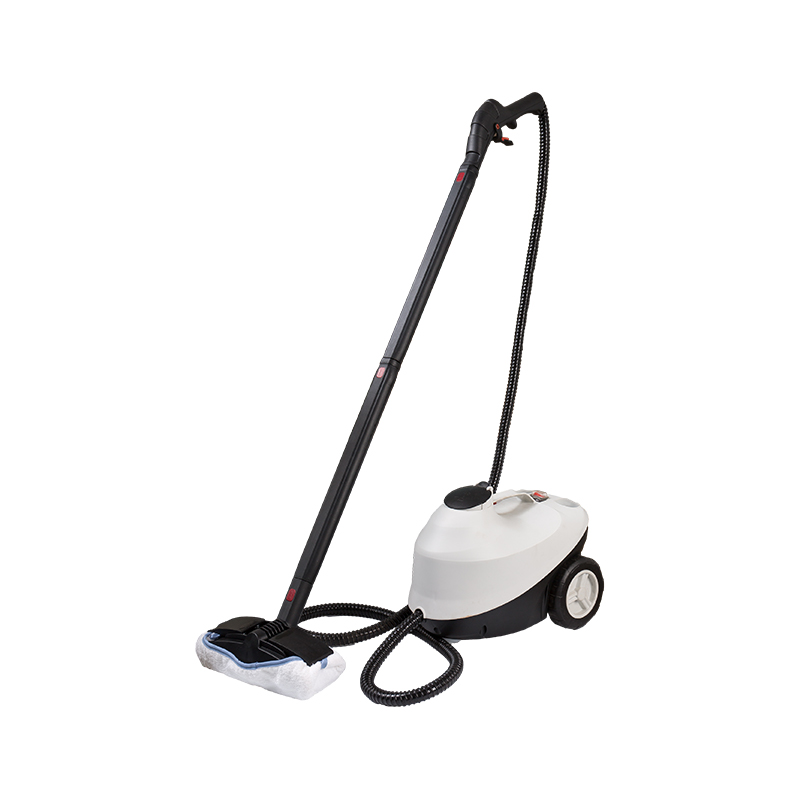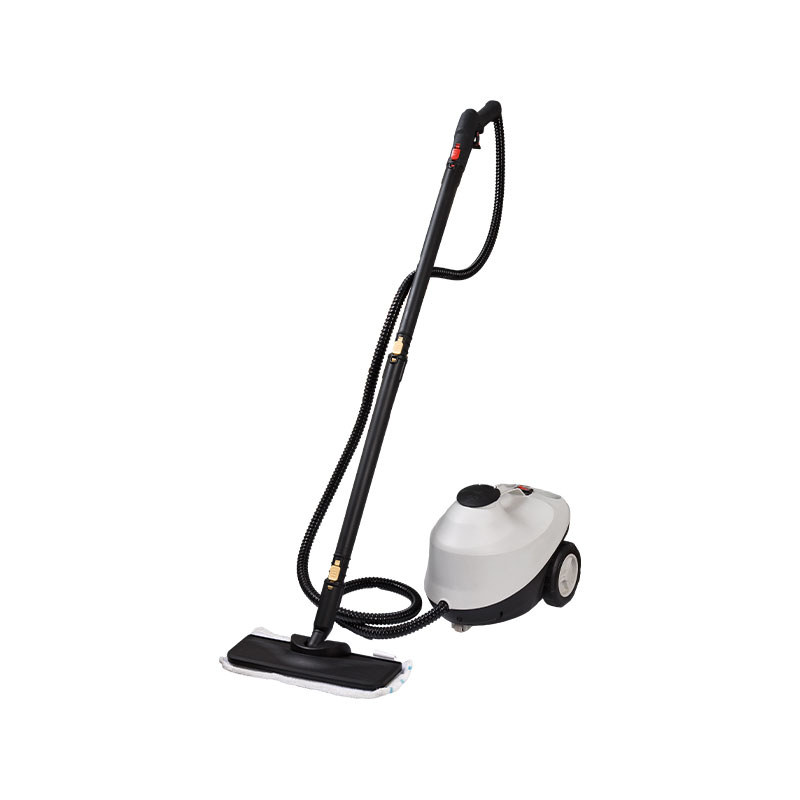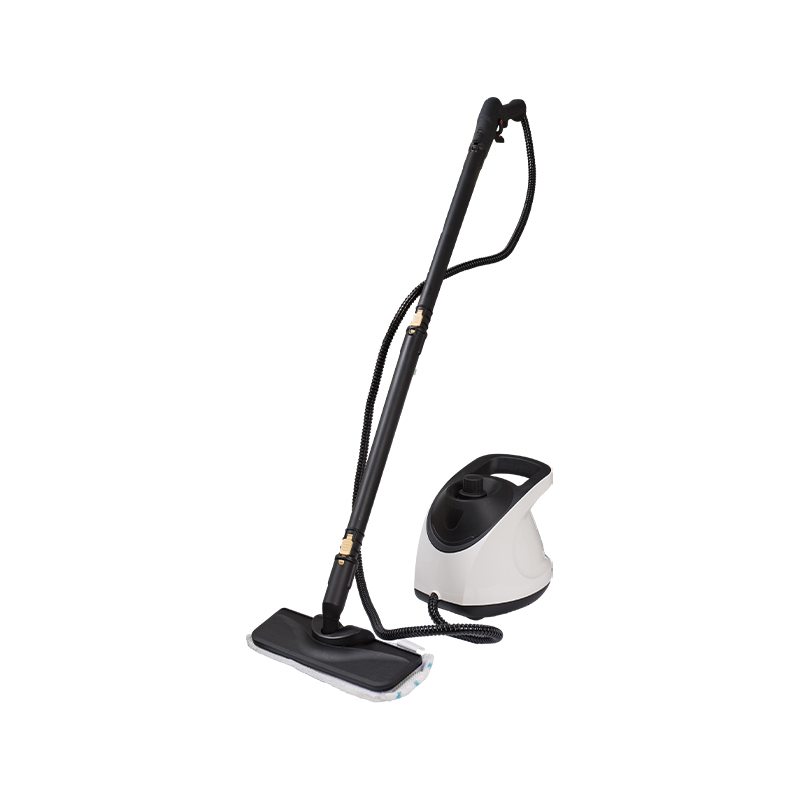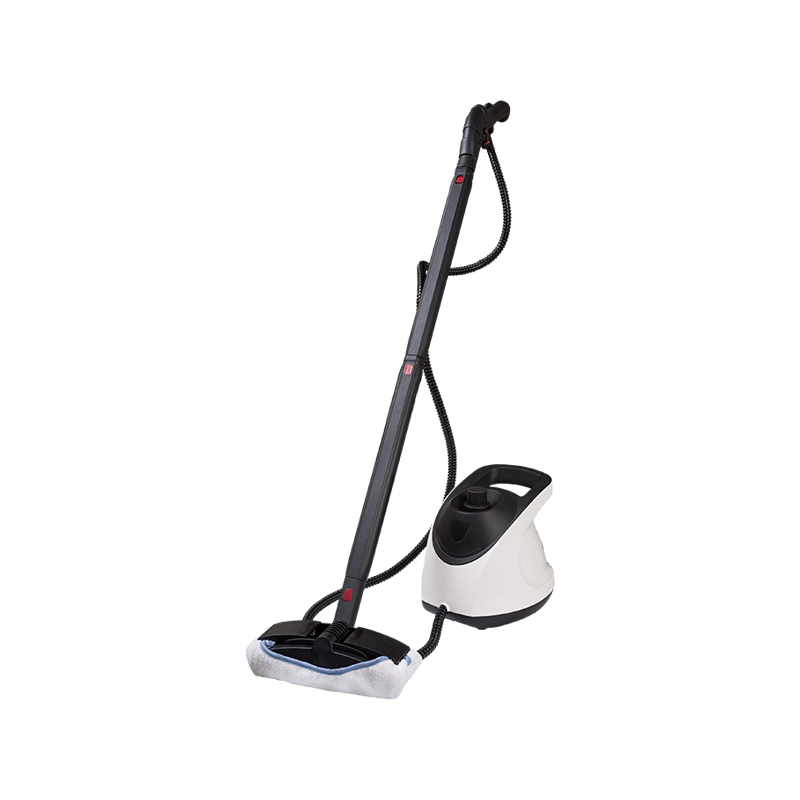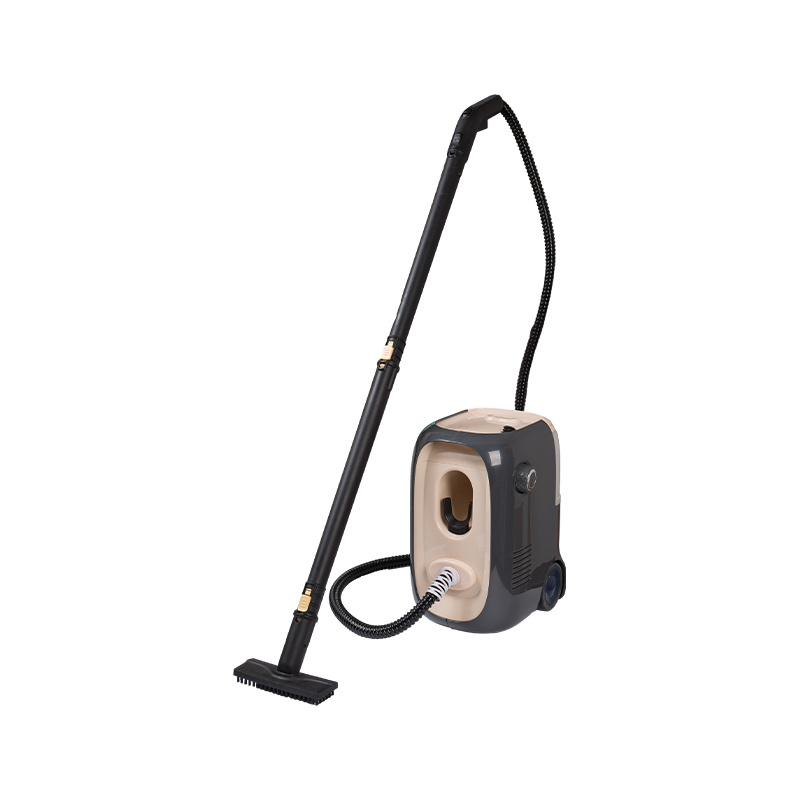-
Phone: +86-13282120735
-
Tel: +86-0571-58307962
-
Fax: +86-0571-58307999
-
E-mail: jy@hzkelong.cn
-
ADD:The Southern Industrial Development Area, Meicheng Town, Jiande City,Zhejiang, China

Best Steam Mop Buying Guide: How to Choose the Right One
Steam mops have become essential cleaning tools for modern households. They combine the power of steam with mopping convenience to sanitize floors without harsh chemicals. This guide will help you understand different types of steam mops, key features to consider, and how to maintain your device for long-lasting performance.
What Is a Steam Mop?
A steam mop is an electric cleaning device that heats water to produce steam for sanitizing and cleaning floors. The steam loosens dirt, kills bacteria, and evaporates quickly, leaving floors dry and clean. Unlike traditional mops, steam mops don't require chemical cleaners, making them eco-friendly and safe for homes with children and pets.
Benefits of Using a Steam Mop
Steam mops offer several advantages over conventional mopping methods:
- Sanitization: Steam kills up to 99.9% of common household bacteria and dust mites
- Chemical-free cleaning: Uses only water, making it safe for allergy sufferers
- Time-saving: Cleans and dries floors faster than traditional mopping
- Versatility: Many models can clean multiple floor types including tile, laminate, and hardwood
- Cost-effective: Eliminates the need for disposable pads or cleaning solutions
Types of Steam Mops
Understanding different steam mop types will help you choose the right one for your needs:
1. Basic Steam Mops
These entry-level models feature simple operation with basic steam controls. They're lightweight and affordable but may lack advanced features.
2. Advanced Steam Mops
Higher-end models offer variable steam settings, larger water tanks, and additional attachments for versatile cleaning.
3. Steam Mop Vacuums
Combination units that vacuum and steam mop simultaneously. These are ideal for homes with heavy foot traffic.
4. Handheld Steam Mops
Compact units designed for spot cleaning and small spaces. Some full-size steam mops include handheld attachments.
Key Features to Consider
When shopping for a steam mop, pay attention to these important features:
Steam Control Settings
Variable steam settings allow you to adjust steam output based on floor type and cleaning needs. Look for models with at least two settings:
| Steam Setting | Recommended Use |
|---|---|
| Low | Delicate floors, light cleaning |
| Medium | Regular maintenance cleaning |
| High | Deep cleaning, tough stains |
Water Tank Capacity
Tank size determines how long you can clean before refilling:
| Tank Size | Cleaning Time | Best For |
|---|---|---|
| 10-12 oz | 15-20 minutes | Small apartments |
| 13-18 oz | 20-30 minutes | Average homes |
| 19+ oz | 30+ minutes | Large homes |
Heating Time
Most steam mops take 15-30 seconds to heat up. Faster heating times mean less waiting before you can start cleaning.
Swivel Head
A swiveling mop head improves maneuverability around furniture and obstacles. This feature is particularly useful in cramped spaces.
Cleaning Pad Options
Different pad types serve various cleaning purposes:
- Microfiber pads: General cleaning, most common type
- Scrubbing pads: For tough stains and grout
- Soft pads: For delicate floor surfaces
- Disposable pads: Convenient but less eco-friendly
Cord Length
Longer cords (20-30 feet) allow cleaning larger areas without frequently changing outlets. Cordless models offer maximum mobility but may have limited run time.

How to Use a Steam Mop Properly
Follow these steps for effective steam mopping:
1. Prepare Your Floors
Sweep or vacuum thoroughly before steam mopping to remove loose debris that could scratch floors.
2. Fill the Water Tank
Use distilled or demineralized water to prevent mineral buildup. Some models allow adding vinegar for extra cleaning power.
3. Attach the Cleaning Pad
Choose the appropriate pad for your floor type and attach it securely to the mop head.
4. Heat the Water
Plug in the mop and wait for the indicator light to show it's ready (usually 15-30 seconds).
5. Begin Mopping
Move the mop slowly in straight lines, overlapping slightly with each pass. Don't leave the mop in one spot too long.
6. Let Floors Dry
Although steam mops leave minimal moisture, allow floors to air dry completely before walking on them.
Steam Mop Maintenance Tips
Proper care extends your steam mop's lifespan and maintains performance:
Regular Cleaning
After each use:
- Remove and wash the cleaning pad (if reusable)
- Empty any remaining water from the tank
- Wipe down the mop head and handle
Descaling
Mineral deposits can accumulate over time. Descaling frequency depends on water hardness:
| Water Hardness | Descaling Frequency |
|---|---|
| Soft | Every 6 months |
| Medium | Every 3 months |
| Hard | Monthly |
Storage
Store your steam mop properly to prevent damage:
- Keep in a dry place away from extreme temperatures
- Wrap the cord loosely to prevent damage
- Store with empty water tank to prevent mold
Common Steam Mop Problems and Solutions
1. Low Steam Output
Possible causes: Clogged steam vents, low water level, mineral buildup
Solution: Clean vents with a pin, refill water tank, descale unit
2. Leaking Water
Possible causes: Overfilled tank, damaged seals, improper assembly
Solution: Don't overfill, check seals, reassemble properly
3. Bad Odor
Possible causes: Mold in tank, dirty cleaning pads
Solution: Clean tank with vinegar solution, wash pads thoroughly
Steam Mop Safety Precautions
Follow these safety guidelines when using your steam mop:
- Never add cleaning chemicals unless specified by manufacturer
- Keep away from children and pets during use
- Unplug before filling or performing maintenance
- Check floor manufacturer's recommendations before use
- Don't use on unsealed floors or sensitive surfaces
Frequently Asked Questions
Can steam mops replace regular mopping?
For most households, yes. Steam mops effectively clean and sanitize floors without the need for traditional mopping. However, you may still need occasional deep cleaning for heavily soiled areas.
Are steam mops safe for all floor types?
Most work well on tile, laminate, and sealed hardwood. Avoid using on unsealed wood, waxed floors, or porous surfaces that water could damage. Always check your floor manufacturer's recommendations.
How often should I steam mop?
For average homes, once per week is sufficient. High-traffic areas or homes with pets may benefit from 2-3 times weekly cleaning.
Conclusion
Choosing the right steam mop depends on your specific needs, floor types, and cleaning preferences. By considering the factors outlined in this guide - steam settings, tank capacity, special features, and maintenance requirements - you can select a model that will keep your floors clean and sanitized for years to come. Remember that proper use and regular maintenance are just as important as the initial purchase decision when it comes to getting the most from your steam mop.

